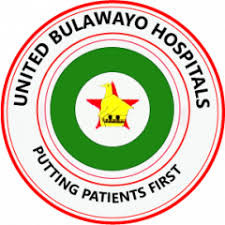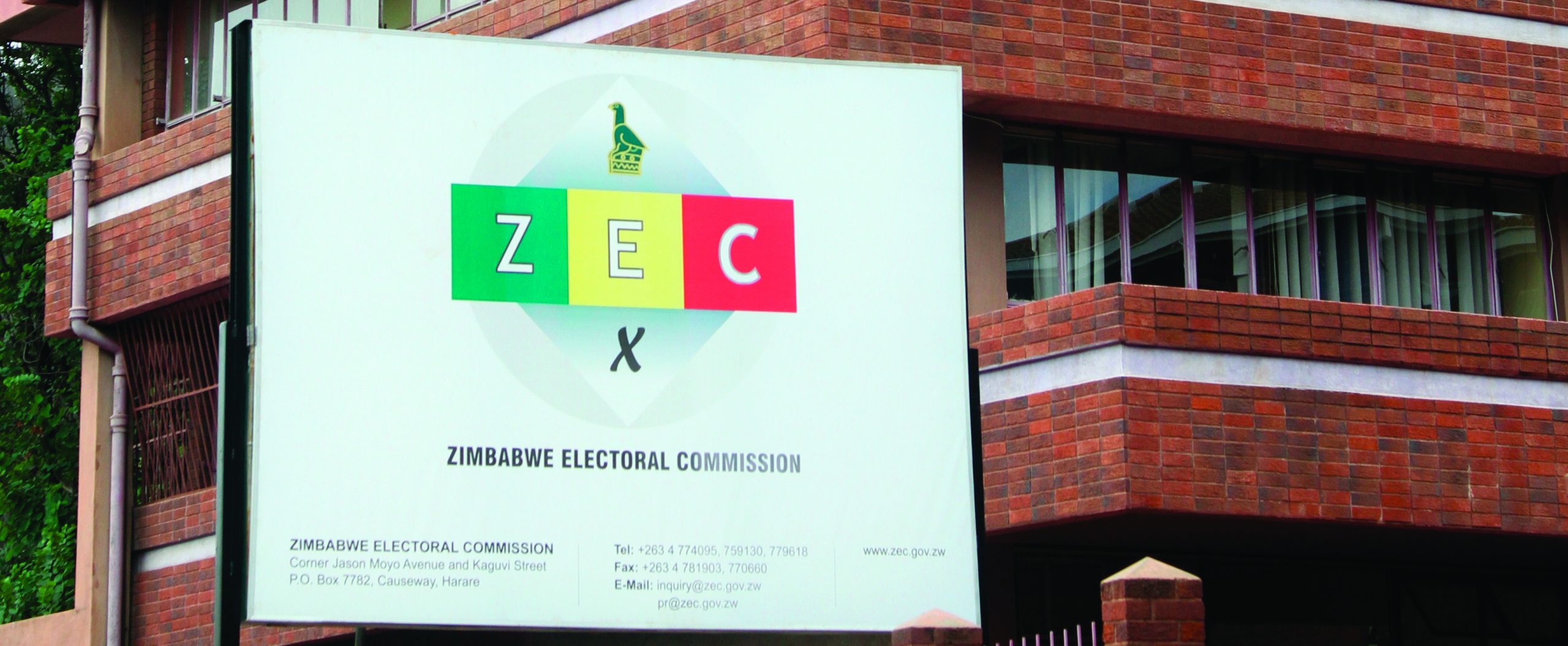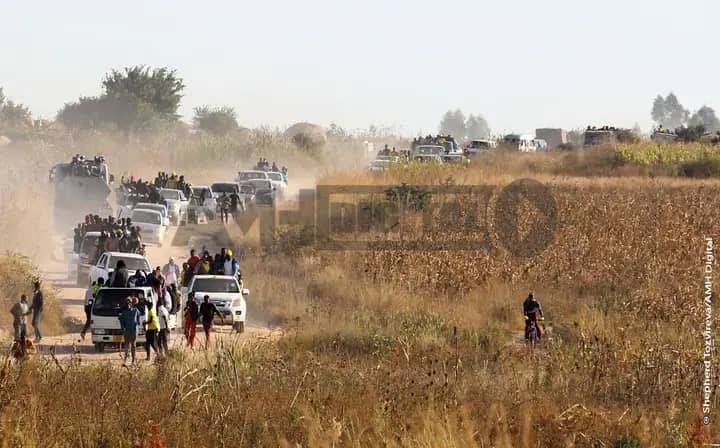
By Rachel Jambo
The Covid-19 pandemic has put a spotlight on the numerous structural weaknesses and fiscal challenges endemic in most countries across the African continent and Zimbabwe is no exception. On a continental level, the primary response to the pandemic has been to borrow in order to cope with and cover the structural gaps in the health and education sectors. Zimbabwe too has borrowed and acquired relief through bilateral loans and channels such as the Special Drawing Rights. Although these loans have provided the urgently needed funds to respond to the pandemic, borrowing has also had the effect of plunging several countries into debt distress. Without a sustainable long-term strategy on loan management and repayment, the pandemic and its interlinked socioeconomic nuances has the potential to leave Zimbabwe far behind in the development agenda and in greater debt than before the pandemic.
The UNCTAD 2020 study reported that Zimbabwe currently owes an excess of US$5.88 billion and has lost about US$20 billion through illicit financial flows. Whilst this state of affairs can be attributed to a number of converging factors, it also highlights the country’s need to explore alternative means of raising capital to develop and repay mounting outstanding debt. One such recourse available to help Zimbabwe tackle its debt issues is through domestic resource mobilisation (DRM). It is common knowledge that Zimbabwe is richly endowed with a diverse range of natural resources, and it is even more commonly understood that the country does not significantly benefit from these endowments due to incapacitation and underdevelopment, among other factors. The call for an increase in DRM efforts in the country should also be accompanied by the need for an increase in research and knowledge about the numerous factors contributing to the success of DRM as a sustainable and viable alternative to raising capital. Access to relevant up to date information, the development of legal frameworks that protect borrowing countries, and contractual transparency and accountability are elements that are central to good natural resource governance and as such are enshrined in the Africa Mining Vision (AMV) as well as the Extractives Industry Transparency Initiative (EITI).
The AMV is a continental policy aimed at integrating the mining sector into broader social and economic development processes. It is implemented through the Country Mining Vision which is a guidebook that uses a case-sensitive approach and aims to directly support countries to develop their mining sector, taking into account subjective needs such as employment creation, geopolitics, the political economy of mineral resource extraction, societal pressures, market dynamics, business fundamentals as well as current and future concerns related to that specific country. To date, 24 African countries have started the process outlined in the guidebook, including Zimbabwe, and whilst this is commendable, it also reflects that the concept and implementation of prudent natural resource governance is still in its infantile stages in.
This state of affairs raises concerns as since 2000, there has been a growing trend of African countries accessing development capital by using natural resources as collateral i.e, resource-backed loans (RBL). Although on the surface this presents a viable means to acquire much needed capital, the RBL landscape itself is marred by loopholes and inconsistencies that could potentially be detrimental to borrowing countries. The RBL panorama is typically characterised by opaqueness, secrecy, and the politicisation of loan agreements, and this is problematic as a study conducted by NRGI reflected that most RBLs go to countries with a poor or failing score on the NRGI’s Resource Governance Index. This essentially means that countries receiving the most RBLs are also ranking the highest in poor natural resource governance, and this leaves room for a myriad of problems which will potentially exacerbate borrowing countries’ debt.
The upsurge of RBLs against a background of an emerging shift towards more pragmatic domestic resource mobilisation presents an interesting juxtaposition as the most pertinent question is whether resource-backed loans could possibly undermine the benefits accrued from domestic resource mobilisation efforts on the continent. Because of the context in which most RBLs are contracted, there is potential danger that Zimbabwe may loan out a significant portion of its most valuable and lucrative natural resources, leaving very little for domestic resource mobilisation.
Between 2004 and 2018, thirty RBLs were agreed on by Sub-Saharan countries, many of these loans are backed by oil, with Chinese policy banks being the lenders . Due to the level of secrecy about the terms of such loans, it is difficult to do a cost benefit analysis and therefore almost impossible to determine whether RBLs are indeed a sustainable means of securing capital. The confluence of factors such as insufficient minerals exploration by African governments, geo-politics, a lack of information sharing, low bargaining power, corruption and institutional weaknesses could have detrimental longterm effects, creating an Africa that is still highly indebted and underdeveloped, facing environmental pollution and climate change, and without natural resources as many RBLs are in non-renewable resources.
These realities hit close to home as the RBL landscape in Zimbabwe is characterized as described above. There is a general lack of official information on the number of RBLs signed off. The terms of such agreements are not made privy to the general public and the beneficial owners of mining companies are protected and kept off the record. This is all happening against a backdrop of insufficient mineral exploration, little value addition to minerals and increasing mineral leakage from the country through corruption and the Artisanal small scale mining sector. With Zimbabwe’s mining sector expected to be one of the key drivers for economic growth, contributing about 15% of the annual GDP and projected to be a US$12 billion-dollar industry by 2030, there is need for government and different stakeholders to adopt more pragmatic natural resource governance policies.
- Chamisa under fire over US$120K donation
- Mavhunga puts DeMbare into Chibuku quarterfinals
- Pension funds bet on Cabora Bassa oilfields
- Councils defy govt fire tender directive
Keep Reading
Going forward:
Whilst there is great potential to use RBLs prudently and effectively to meet developmental goals, it is imperative that legal frameworks are comprehensively developed to ensure that borrowing countries such as Zimbabwe are not prejudiced or further indebted in the long run. Domestic legislation should be developed accordingly to provide effectual safeguarding. Issues of contractual transparency, information sharing, and registration of the beneficial owners of oil, gas and mining companies should be provided for in legislation. Public participation in loan contraction and imposing caps on quantity and types of minerals legally extracted within a given period of time should also be provided for and regulated.
- Rachel Jambo is Resource Mobilisation Intern at AFRODAD
- * These weekly articles published in the Standard Newspaper are coordinated by Lovemore Kadenge, independent consultant, past president of the Zimbabwe Economics Society (ZES) and past president of the Chartered Governance & Accountancy Institute in Zimbabwe (CGI Zimbabwe). Mobile No. +263 772 382 852 and Email: [email protected].










